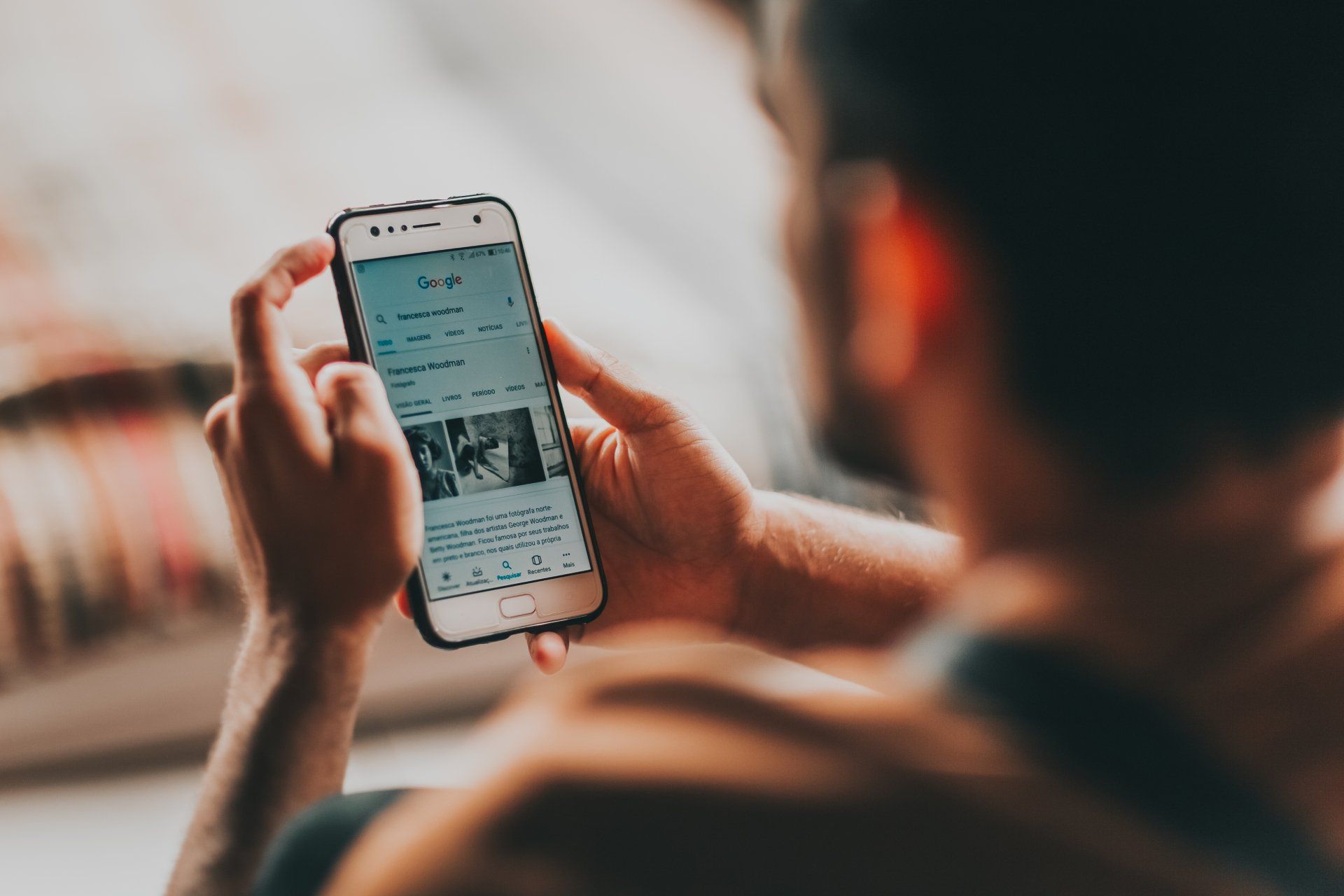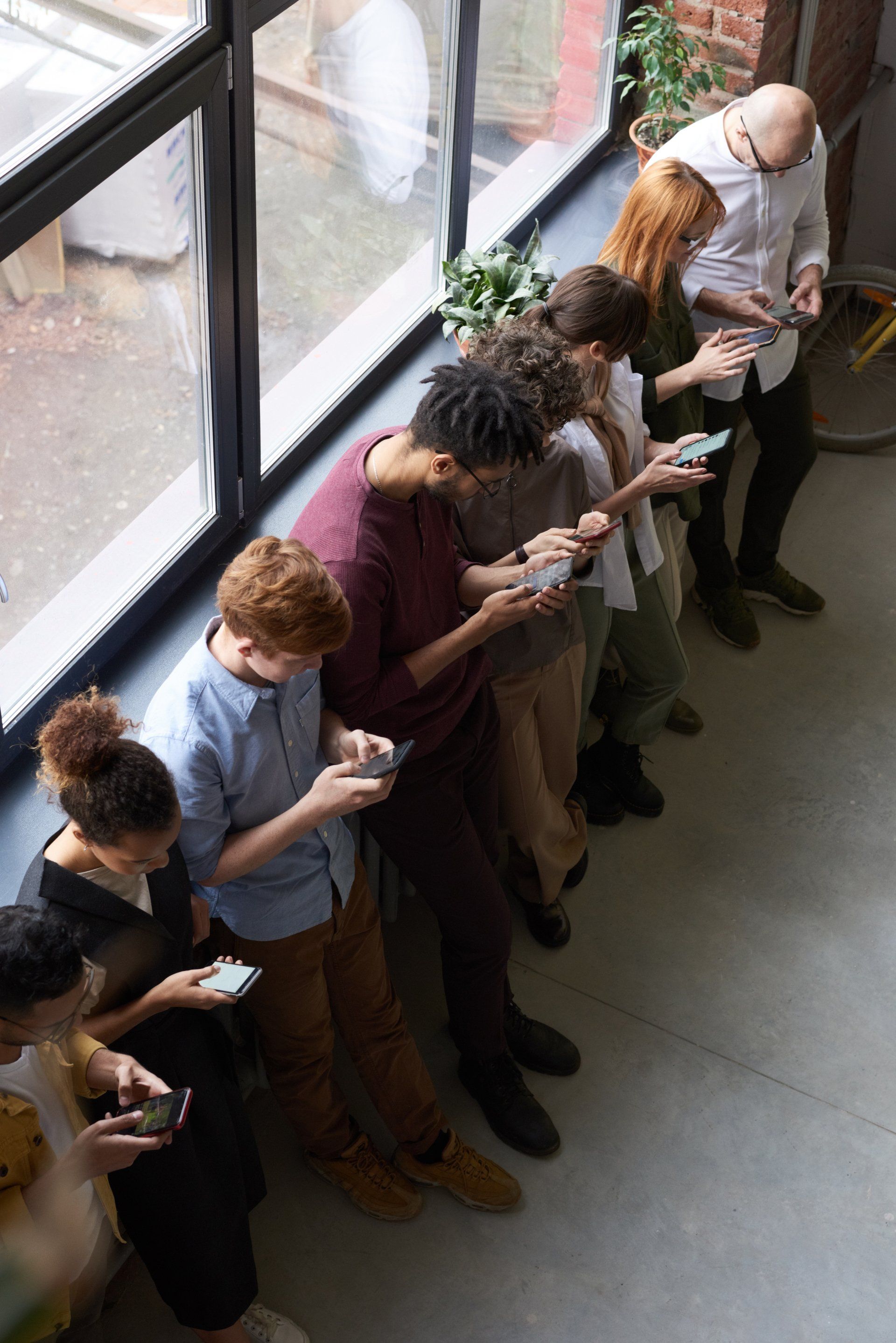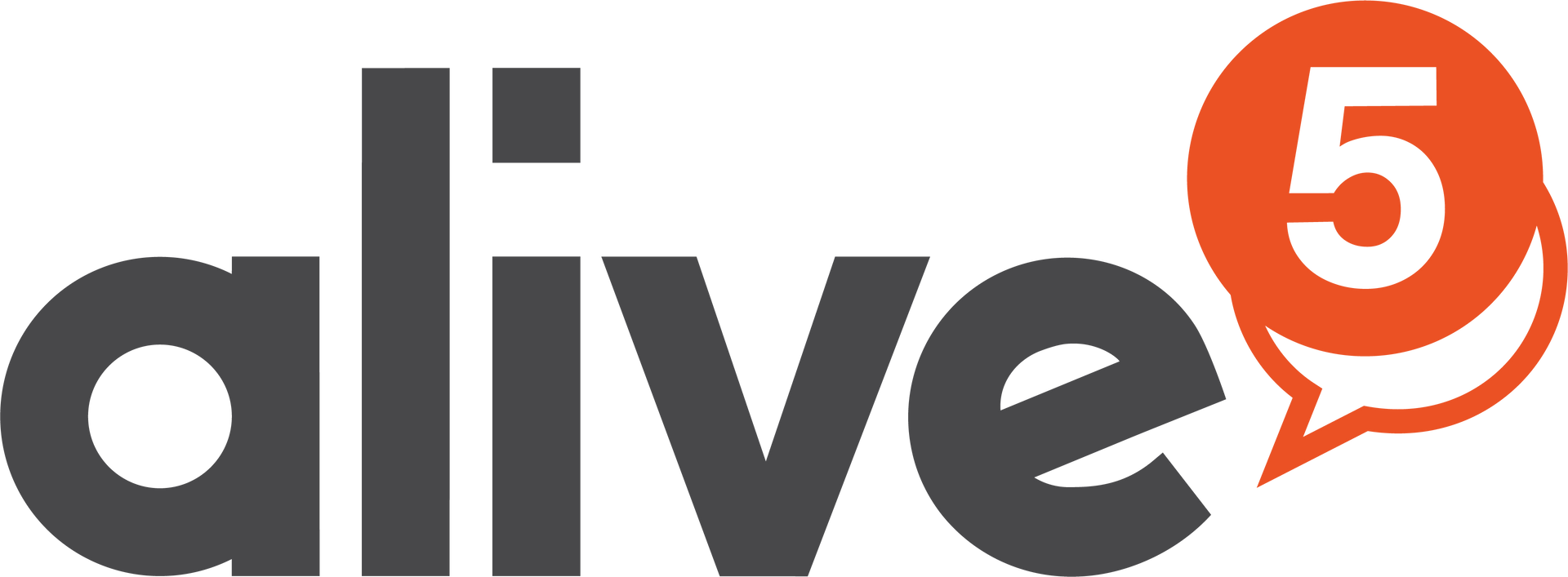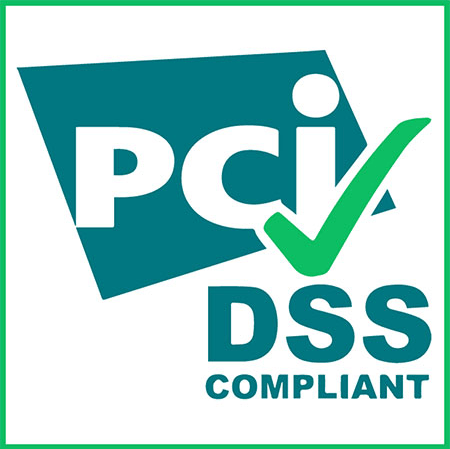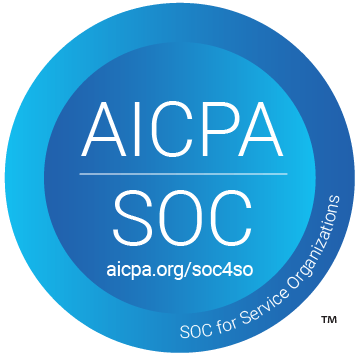Looking for a ZipWhip replacement? Learn more
Optimizing Your Live Chat: Reporting and Configuration
Goals and Objectives
Now that you have live chat configured for your Alive5 account, it's time to optimize and measure everything in efforts to create the best Visitor experience based on your current team resources.
We'll cover:
- How to measure the performance of your live chat agents through various reports (Performance, Conversations, Agent Activity)
- Configure live chat settings for your organization's call center set up (Max Chat, Ring Mode, Chat Timeout).
- Measure performance KPIs (key performance indicators) of your team to see where you can improve.
- Predict future trends for staffing team members for optimum effectiveness.

Performance Report
This can be accessed by logging into your Alive5 account (as an Admin) and visiting: https://app.alive5.com/reporting/performance
By Channel
- Channel - The Channel (aka Department) of where the chat connected to.
- Total - Total chat requests with automated chatbots and human Agents.
- Completed (Agent) - Total number of chats that successfully connected to an Agent.
- Completed (Bot) - Total number of chats that occurred without connecting to an Agent. Also known as chatbot (only) sessions.
- Missed by Agent - Chats that were assigned / routed to a specific agent that was available to chat, and the timeout period was exceeded and Visitor was routed to the Offline flow. In other words, Visitor tried to connect with the specific Agent, but no one was there. Within this metric, there are 2 types of "Missed by Agent' chats:
- Missed by Agent - when setting a "Chat Timeout" value in the Agent Bot (example: 3 minutes), you allow a limited time for a Visitor to wait before they are forwarded to the 'Missed Chat' flow. If the Visitor waits the entire time and does not disconnect (manually ending the chat or closing the browser), the system marks this as "Missed by Agent". This assumes the Agent had ample time to accept the chat, and did not answer in time.
- Abandoned Chat (by Visitor)
- Similar to Missed by Agent, but the Visitor ends a chat manually by clicking ‘End Chat’ in the chat window before the Agent has the ability to accept the chat. Previously, both “Missed by Agent” and “Abandoned Chat” were considered just “Missed by Agent”, but based on feedback from customers, Agents were being penalized for missing chats before they could answer them. In most cases, the Visitor would start a chat and not wait very long (a few seconds) and end the chat, which then the Agent was penalized for missing it. By creating this new categorization of “Abandoned Chat” metric, this would provide a somewhat better analysis of how the chat was missed after being assigned to a specific Agent.
- Missed by All - This occurs only using the routing mode of "Ring All". This means when a chat comes into a channel, it rings all Agents available to chat, and if no one picks up, the chat is missed, but not by a specific Agent since the chat was not assigned to anyone, and only to the channel.
- Offline - This is when a live chat request comes in and no Agents were available to chat and the Visitor is sent directly to the Offline Flow without pinging any Agents.
- Total Missed - This is a sum of all missed chats.
- AVG Length - This is the average length of an entire chat session that a Visitor had which was connected successfully with an Agent. This is determined by the time of when an Agent accepted the chat until an Agent or Visitor ends the chat session (and and average of all chat session lengths within that time frame).
- By Agent
-
This category will allow you to see the performance by individual Agent.
- Agent Total - Total number of chat sessions assigned to an Agent.
- Completed - Total number of chat sessions assigned to an Agent, accepted, and completed a conversation.
- Missed by Agent - Total number of chat sessions assigned to an Agent, but missed.
- Abandoned Chat - Total number of chat sessions assigned to an Agent, but Visitor ended the chat early.
- Transferred In - Total number of chat sessions assigned to an Agent from a transfer from another Agent.
- Transferred Out - Total number of chat sessions this Agent transferred to another Agent.
- AVG Length - Average length of a chat session. This is measured from when an Agent accepts the chat request until the chat session is ended (by Agent or visitor).
- AVG Response Time - Average length of how long it took for the Agent to accept a live chat. The timer starts when the 'Incoming Chat' pop up appears on the Agents' console to when an Agent presses the 'Accept' button.
By Tags
This category will allow you to see how many chats were tagged a specific Tag so you can see how many chats were about a certain topic. Also known as a 'Disposition' report.
- Tag - Chat sessions which had a specific Tag applied to it.
- Total - Total chat sessions (missed and agent completed) that were tagged this Tag.
- Total Completed - Total chat sessions that were tagged this Tag and taken successfully by an Agent.
- Total Missed - Total missed chat sessions that were tagged this Tag (automated tagging via the Action Bot in the bot flow).
- AVG Length - Average length of a chat session. This is measured from when an Agent accepts the chat request until the chat session is ended (by Agent or visitor).
- AVG Response Time - Average length of how long it took for the Agent to accept a live chat. The timer starts when the 'Incoming Chat' pop up appears on the Agents' console to when an Agent presses the 'Accept' button.
Live Chat Settings
Most settings can be accessed by logging into your Alive5 account (as an Admin) and visiting: https://app.alive5.com/settings/alivechat.
Max Chat
This setting allows Admins to configure how many chats at most an agent should handle at any given time. This setting can be a set number for all users, or Admins can let the user decide themselves how many chats they’d like to handle at once. If a user is “maxed out” with chats (for example, max chat is at 2, and they are handling 2 live chat sessions), then the next incoming chat will not notify them, and their turn will be skipped.
Chat Timeout
This is how long you'd like your visitor to wait for an Agent before they are sent to the Offline Flow.
- By default, the setting is no Chat Timeout. It's advised to have this enabled so that visitors do not wait forever and never hit the Offline Flow if you have no Agents accepting the chat.
- To start, you can use a value of 2 minutes for the Chat Timeout. Depending on your customer base and Agent availability, this can be adjusted to suit your needs.
To access this setting, you will need to access the Bot Flow. Once in the Bot Flow, this setting is found in each 'Agent Bot' (under the 'Messages' tab). Be sure to make the updates for every Agent Bot if you have multiple.
It's best to have this option enabled with a value so Visitors do not get stuck waiting forever, and it allows them to go through the offline flow if the timeout is reached.

Ring Modes
There are 3 different types of routing methods (Ring Modes). Each one is unique in how chats are distributed to your agents which also affects the client experience. In all cases, Agents who are logged into the mobile app and in ONLINE status will also receive a push notification and opportunity to accept the chat. Agents in AWAY or OFFLINE status will not receive any notification.
Ring All
- When a chat request is initiated by a visitor, logged in and ONLINE agents will simultaneously receive a pop up notification to accept the chat.
- The first agent to accept the chat will be assigned specifically to that visitor in a one-to-one chat session.
- If the chat is missed and the visitor reaches the “Offline Flow”, the chat session will be marked as “Missed by All” in reporting.
Load Balanced
- When a chat request is initiated by a visitor, logged in and ONLINE agents will take turns to receive a pop up notification to accept the chat.
- The agent who is “next in line” to accept the chat will be assigned specifically to that visitor in a one-to-one chat session.
- If the agent misses the chat, the Visitor will then be routed to the “Offline Flow” configured in the Bot Flow (in the Agent Bot).
- If the chat is missed and the visitor reaches the “Offline Flow”, the chat session will be marked as “Missed by Agent” for that specific agent in reporting.
Load Balancer Hunt
- When a chat request is initiated by a visitor, logged in and ONLINE agents will take turns to receive a pop up notification to accept the chat.
- The agent who is “next in line” to accept the chat will be assigned specifically to that visitor in a one-to-one chat session.
- If the agent misses the chat, the Visitor will then be routed to another agent who is “next in line” (“hunting” down the next agent). This assumes there are other agents available to chat.
- If there are no more agents online and available to chat, the visitor will finally be routed to the “Offline Flow” configured in the Bot Flow (in the Agent Bot).
Ring Algorithms
For Load Balancer and Load Balancer Hunt, there are 2 algorithms which determine which agent is “Next in Line”.
Ring Algorithm 1: "Even Chats Per Agent"
- When a chat comes in, we send it to an available agent based on
the time they took their last chat. For example, say there are 3 agents, Agent A, B and C. Agent A took a chat 3 hours ago, Agent B took a chat 2 hours ago, and Agent C took a chat 1 hour ago. Agent A would then receive the chat since their last chat session was 3 hours ago (the longest time without a chat compared to Agent B and C). Then the next chat would go to Agent B, then Agent C.
- This ensures that all Agents receive the equal number (volume) of chats regardless of how long a chat session takes to complete.
- The “Max Chat” value and current number of chats an Agent is handling does not impact the distribution of Load Balanced chats. The system ignores this in determining which Agent to send a chat to. For example, if Agent A, B, and C, all have 1 chat session. Let’s also assume Agent A took that chat at 1PM, Agent B took it at 2PM, and Agent C took theirs at 3PM:
| Agent A | Agent B | Agent C |
|---|---|---|
| Chat taken @1PM | Chat taken @2PM | Chat taken @3PM |
Then, Agent C ends their chat. So, Agent C will have no chats:
| Agent A | Agent B | Agent C |
|---|---|---|
| Chat taken @1PM | Chat taken @2PM | - |
Since Agent A took their last chat at 1PM, the next incoming chat will be routed to Agent A, even if they already have a chat and Agent C does not have a chat:
| Agent A | Agent B | Agent C |
|---|---|---|
| Chat taken @1PM | Chat taken @2PM | - |
| Chat in Queue @4PM | - | - |
This example illustrates that the routing system ignores how many chats an Agent has in their queue currently, and sends the next chat to the Agent with the oldest chat first.
Sales chat benefits: Agents would hurry and accept chats and end them quickly to gain more sales chat opportunities vs other Agents. With a routing system that distributes based on available Agent queues, the sales reps who chat quickly and end them will end up with more chats at the end of the day.
Support chat benefits: Agents who take their time in conversing in chats will handle less chats over time, as with a routing system would give more chats to Agents that quickly finish support chats. This scenario would have support reps who end up taking alot more chats, basically penalizing them to be more efficient.
In summary, routing chats based on “last chat taken” and ignoring number of current chats taken by an agent is the most fair because it evenly distributes the number of chats to Agents over a time period. We know that some chats take longer than others, but over time, this should average out for the entire agent pool.
Ring Algorithm 2: "Even Queue"
- When a chat comes in, we send it to the
least busy agent. For example, say there are 3 agents, Agent A, B and C. Agent A took a chat 3 hours ago, Agent B took a chat 2 hours ago, and Agent C took a chat 1 hour ago. Once Agent C completes their chat, they will be the next in line for the next chat.
- This ensures that all Agents are busy chatting equally and the chat queue is distributed evenly based on number of chats taken at the specific time the chat comes in. No agent should be
- The “Max Chat” value and current number of chats an Agent is handling does not impact the distribution of Load Balanced chats. The system ignores this in determining which Agent to send a chat to.
| Agent A | Agent B | Agent C |
|---|---|---|
| Chat 1 | Chat 2 | Chat 3 |
Let's assume Agents A, B, and C are all chatting. Then, Agent C ends their "Chat 3". So, Agent C will have no chats:
| Agent A | Agent B | Agent C |
|---|---|---|
| Chat 1 | Chat 2 | - |
The next chat request will then go to Agent C:
| Agent A | Agent B | Agent C |
|---|---|---|
| Chat 1 | Chat 2 | Chat 4 |
This example illustrates that the routing system looks at how many chats an Agent has in the entire chat queue currently, and focuses more on evenly distributing the load of chats to even out the chat queue.
Ring Algorithms Summarized:
- Even Chats Per Agent
- tries to get Agents an equal number of chats.
- Even Queue - Agents may not have equal number of chats, but load will be equally distributed amongst Agents, so there should not be an Agent with many chats while another sits idle.
Ring algorithm can be configured under 'Live Chat Settings'.
💡 To see how Alive5 can help your organization today, book a demo with us.
